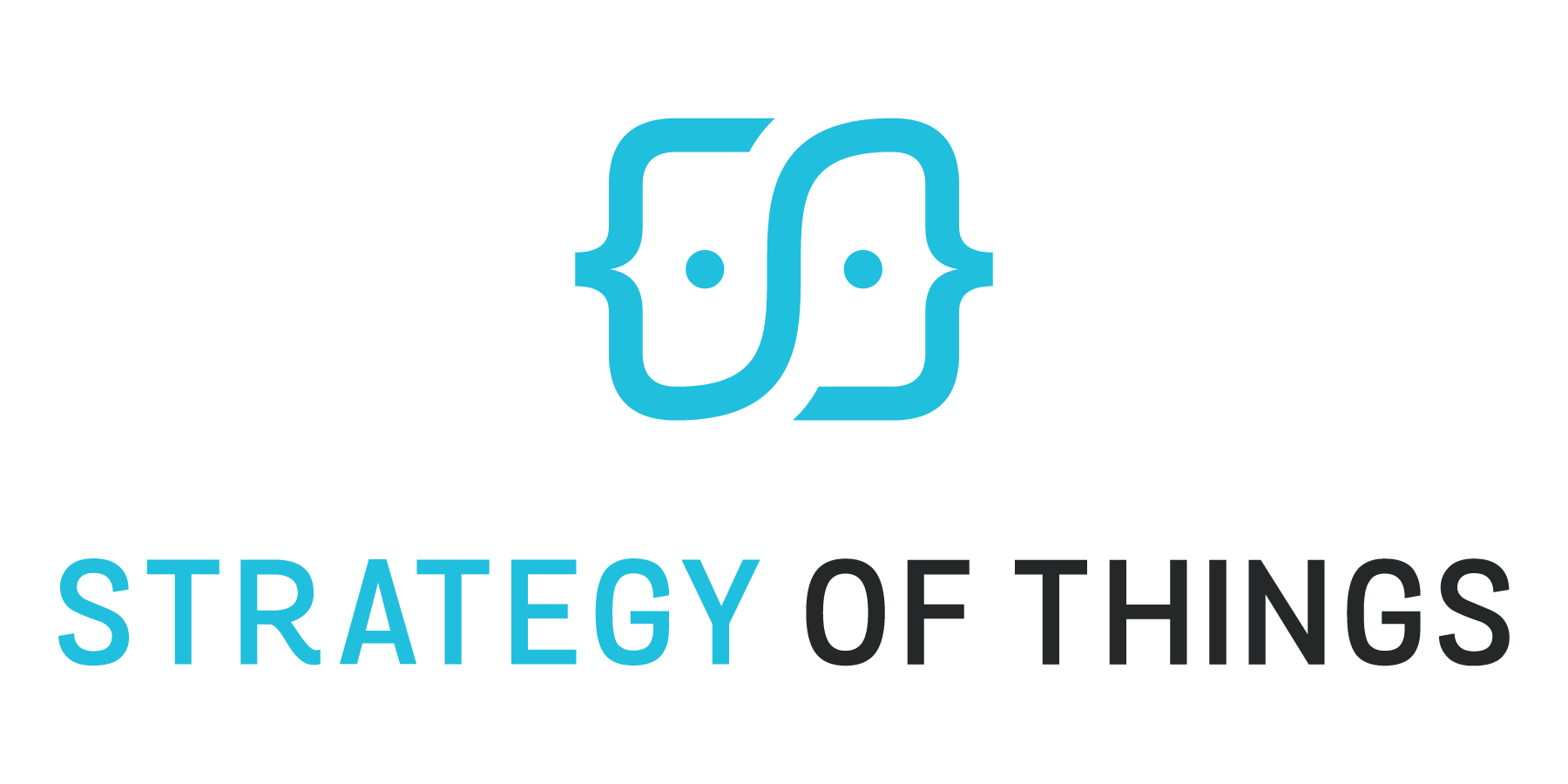We are in a modern day gold rush, sparked by the Internet of Things (IoT). The news is filled with stories of self driving cars, smart solutions, and smart cities. Everyone has a disruptive idea that will change the world. Thousands of companies, new and established, are planning “smart” solutions. Marketing, hype and confusion are one and the same. And we’re just getting started. Amid all this, what IoT lessons learned from the past can today’s IoT companies apply to avoid mistakes of previous “gold rushes”?
Twenty years ago, the Internet created a gold rush of ideas, opportunities, and new businesses. The news was filled with stories of a new world to be built. Everybody had a billion dollar idea and a dot-com. Everybody was a founder planning an IPO. Then, all of a sudden, the bubble bursted.
Are we smarter now, or are we making the same mistakes? The answer is yes and yes. I’ve listed five IoT lessons learned for companies planning IoT solutions today.
Dot-com Mistake #1: Unsustainable economics.
During the dot-com frenzy of the late 1990s, many companies and investors thought that the Internet was so disruptive that traditional “old economy” rules didn’t apply. “Pageviews”, “eyeballs”, and visitors became the new metrics for company performance and valuation. Companies were focused on getting “eyeballs” at all costs first, and then figure out the business model, revenues and profitability later. There was no “later” as many of these companies had no viable revenue streams when investor funding stopped.
Today, connected devices have become the new “eyeballs”. The IoT economy depends on billions of connected devices, each generating data that must be transmitted, stored, analyzed, and monetized. The current assumptions for mass IoT adoption requires low cost devices and connectivity. Low power wireless area network (LPWAN) connectivity operators are already specifying connect costs in the “pennies per month” range.
But the low costs of devices and connectivity are not sustainable. Device costs will increase to accommodate new security technologies. Without significantly better security, mass IoT adoption will stall.
IoT connectivity providers face a similar situation. They are on a market share land grab to establish themselves as the standard. But there are several LPWAN technology options in the marketplace today. Most device manufacturers only support one LPWAN option, further diluting the available device base for connectivity providers. Use cases are limited and still emerging. Without mass adoption, their current economics are not sustainable.
IoT Lessons Learned #1: Get the financials right immediately. Match the economic models with the current state of the market.
Dot-com Mistake #2: Be too early.
In 1999, I met a visionary entrepreneur with an incredible business concept and model. Despite his efforts, that venture shut down a couple of years later. In 2005, three guys launched something similar. That company was YouTube.
While many IoT companies today have embraced the concept of product-market fit, many are still trying to “outguess” the market. In this early market, the technology protocols, use cases, supporting infrastructure and ecosystem are still emerging. Buyers are still trying to understand what IoT is so they can even ask the right questions.
IoT Lessons Learned #2: IoT solutions providers must take a measured “crawl, walk, run” approach. They crawl by focusing on the “here and now” to deliver product-market fit for today’s needs, not tomorrow’s. They walk by remaining agile in a dynamic market through partnerships with others in their solution ecosystem. And finally, they “run” by building the core technical and operational skills necessary to accelerate no matter what the “tomorrow” looks like.
Dot-com Mistake #3 – Not understanding the drivers of change.
Many dot-com entrepreneurs and companies had visions of disrupting the status quo and changing the world. Build it, and they will come, was the thinking. Ultimately, the world did change. But it didn’t happen overnight.
Many companies don’t understand the forces of adoption. The more disruptive the technology, the longer it will take to adopt. First, people resist change. Adoption of new technologies creates fears of job loss and change. New skills and retraining is often necessary, and those take time. Not everyone will have the interest or skills to retrain and change. Second, potential buyers have significant investments in existing infrastructure. Replacing legacy investments is not feasible, nor do they have the budgets to do it all. It is common for large global companies to roll out new disruptive technology in one area, while continuing to roll out the old technologies in other areas. Finally, integration of the old with the new is very hard. Many buyers have in-house certification programs to verify and address compatibility with internal systems.
IoT is a disruptive force and has immediate impacts, but its true disruptive impacts won’t be felt for some time. For example, IoT will not displace machine to machine (M2M) and supervisory control and data acquisition (SCADA) systems currently in use. Businesses have invested hundreds of millions in these systems. These solutions work well. They are secure, reliable and supportable. In the short term, IoT solutions will coexist with M2M and SCADA systems. Despite the potential, today’s IoT solutions do not bring sufficient value to replace these systems. This will change over time as new capabilities and use cases emerge.
IoT Lessons Learned #3: Adoption and change are driven by a lot of factors, and not all of it involves technology. Over-invest and commit to change management. And build into your plans a longer than usual adoption time.
Dot-com Mistake #4 – Adding technology without adding value.
Twenty years ago, many people and investors thought a viable path to an initial public offering (IPO) was to take an existing business and add a technology layer to it. Suddenly, you had an e-business worth billions. In reality, all they added was technology without adding real value. Customers and investors quickly saw through that.
We are still doing this today. For proof, look no further than the $300 “smart” hairbrush from L’Oréal and the $700 Juicero IoT juice presser. Juicero shut down this year, but not before it raised and spent $120 million from investors. Then there are the various companies offering smart solutions on a subscription basis. While recurring revenue business models are attractive, not every solution should be offered as a subscription. A subscription model should only be offered if the solution contains real value when consumed this way.
IoT Lessons Learned #4: Not every product needs to be smart. And not every smart product needs to be offered on a subscription basis. If you can’t offer and justify real and sustainable value to the customer, then don’t do it.
Dot-com Mistake #5 – Enter a market you know nothing about on your own.
The dot-com boom brought a lot of fresh ideas to “stale” markets. Suddenly, stodgy businesses looked exciting. Mail order suddenly became exciting as e-commerce. Publishing became “new media” and cool again as content migrated online and found new audiences.
Entrepreneurs and companies, sensing big money, rushed in to capitalize on these “exciting” opportunities. Unfortunately, this “gold rush” brought in a lot of people who didn’t know anything about the business they were entering. Not surprisingly, many of these ventures failed, because industry or domain knowledge and industry relationships still mattered, even in a “stodgy” business getting disrupted. Over time, these stodgy companies created their own “dot com” capabilities. They bought the dot coms, their assets, or simply developed their own.
Today, a new gold rush of IoT entrepreneurs with fresh ideas is looking to disrupt “stodgy” industries such as manufacturing, oil and gas, mining and agriculture. But, unless they come with industry knowledge and credibility, most will meet the same fate as their dot-com predecessors.
IoT lessons learned # 5: IoT companies must partner with key industry players who possess the credibility, domain knowledge and relationships to enter new markets successfully. They must work with existing channel structures, not go around them. And finally, they must develop solutions that provide the value the industry is ready for today, not tomorrow.
Thanks for reading this post. If you found this post useful, please share it with your network. Please subscribe to our newsletter and be notified of new blog articles we will be posting. You can also follow us on Twitter (@strategythings), LinkedIn or Facebook.
Related posts:
The evolving role of IT managers in a hyperconnected digital world
Building IoT solutions? Don’t forget about the channel!
The secrets to successful partnerships in the fast changing IoT market
Six management considerations for planning IoT subscription models


2 thoughts on “Five “dot com” mistakes that IoT companies must avoid”
Great article love the item adding technology vs value. You might want to connect with your customers but what’s in it for them? For an executive that helped build the internet at Cisco, then offered their iot offerings the similarities of opportunities and mistakes are amazing. Huge opportunity. But be careful. Are you the disruptor, being disruptive or being motivated to change. It was a mix if winners and losers last time. Good luck.